A generation in danger
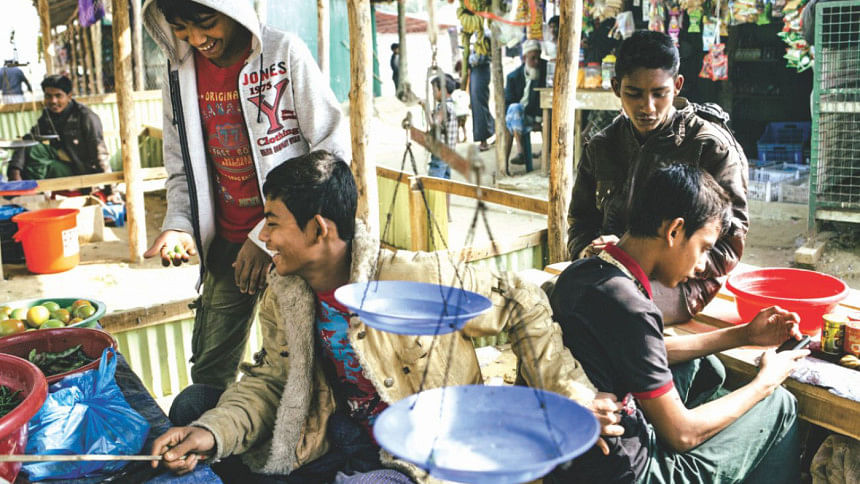
It's past noon at the Kutupalong Refugee Camp in Ukhia, Bangladesh, and 18-year-old Rahim* is enjoying a post-lunch smoke at a tea stall located near the camp's bazaar. Surrounded by other youngsters of the same age, he whiles away his time listening to songs on mobile phone speakers and drinking sweetened milk tea.
“What else can we do?” Rahim asks with a wry smile. “There are no schools for us in the camp and it's difficult to get work. This is how we spend most of our time,” he says.
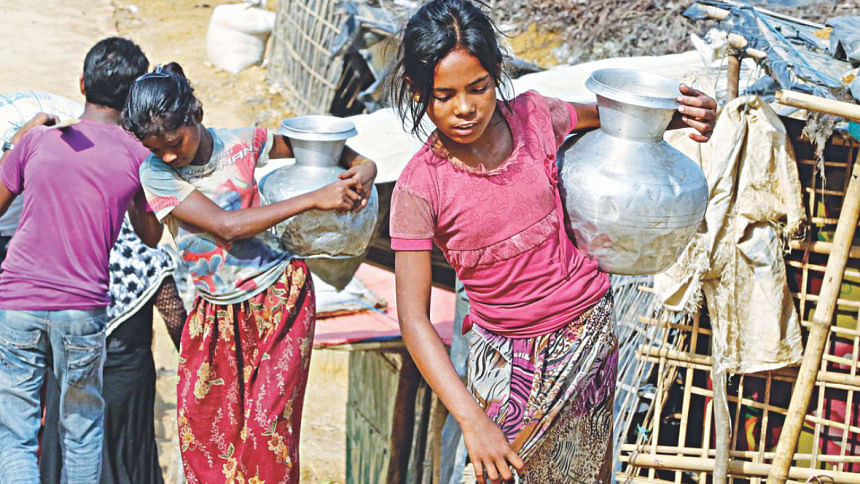
According to the UNHCR, 55 percent of the Rohingya refugees in Bangladesh are below the age of 18, a demographic that compelled the Bangladesh government to especially focus on the education sector. Some 1,400 learning centers were built at the Rohingya camps in across 6,000 acres in Ukhia, in which 1,40,000 children from the camps were enrolled by the authorities. Most of them are below the age of 14. While an accepted curriculum is yet to be formed, they are given early grade lessons on the Burmese language, Mathematics and English.
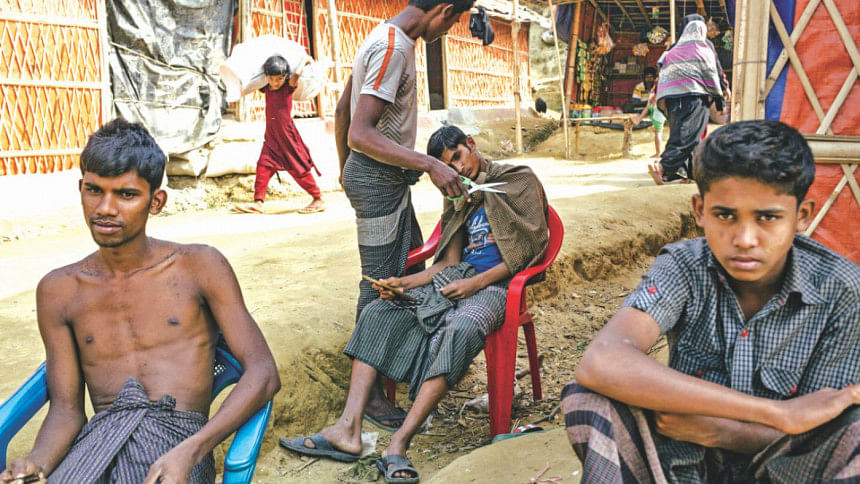
However, This shift, positive as it is, overlooks the education requirements of the adolescents and the youth: most of the girls and boys above the age of 15. And as a number of Rohingya leaders and teachers in the camps would testify, it's this very demographic that has really taken a hit. “The little children are getting to learn basic things. But there is no training or education system for those who are a bit older,” says Mohammad Hossen, a Rohingya teacher at the Balukhali camp in Cox's Bazar. Hossen is one of the few refugees in the camp to have attended a university—he was enrolled in the Sittwe University and was in his second year when the exodus began last year. He believes, rightly so, that the absence of education for the youth could potentially destroy the future generation of his country.
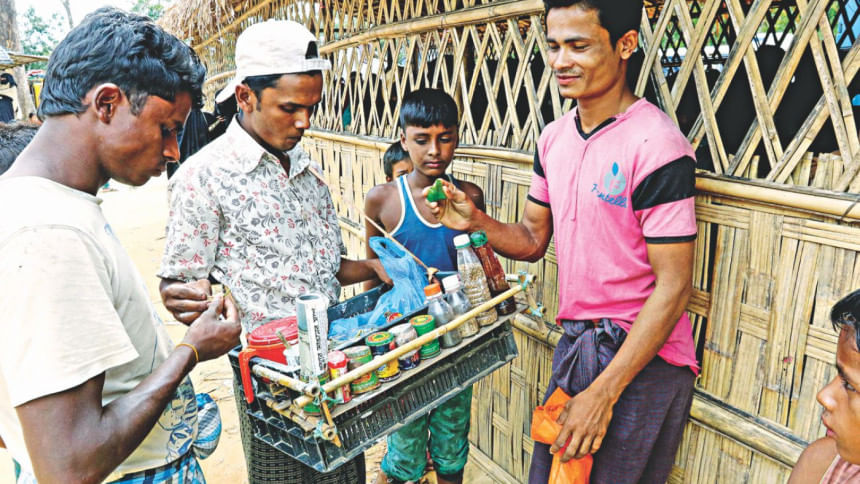
“Without education, the boys are becoming gundas and they are going to the wrong path. Because they don't have much to do, they smoke unwanted things in the evening and get involved in other bad activities. Without education and guidance, they are losing their character,” says Hossen.
According to a report published by the Inter-sector Coordination Group (ISCG)—an international group that manages different aid agencies in the camps—earlier this month, a key gap in the education response has been the inadequate coverage of adolescents between 15 to 24 years. The report states that less than 2,000 adolescents have access to education or life skills training in these camps—out of the 1,17,000 who still need it.
“Since a majority of the population in the camps is young and below the age of 18, it's important that they are kept busy and that they have activities to do or else they might get involved in drugs or other bad things. I am not saying that that's happening right now in a big way, but it is a danger since they are young and vulnerable and it's something we have to be ready for,” explains the commissioner of the Refugee Relief and Repatriation Commission (RRRC), Mohammad Abul Kalam.
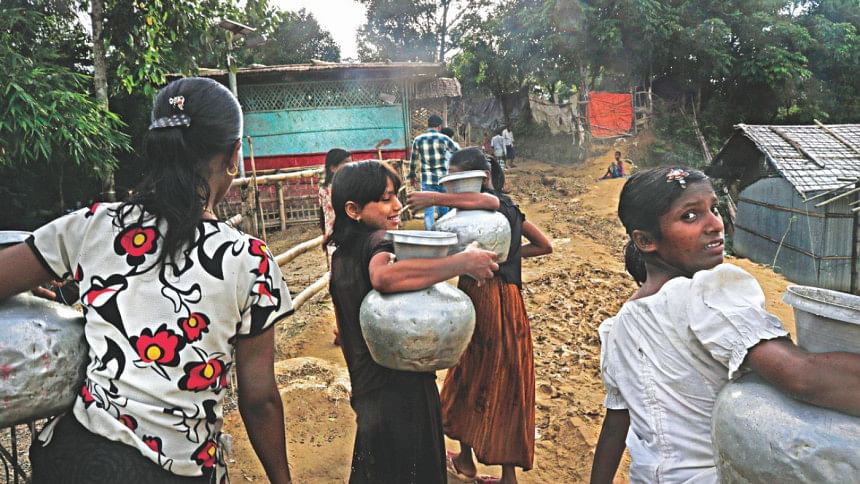
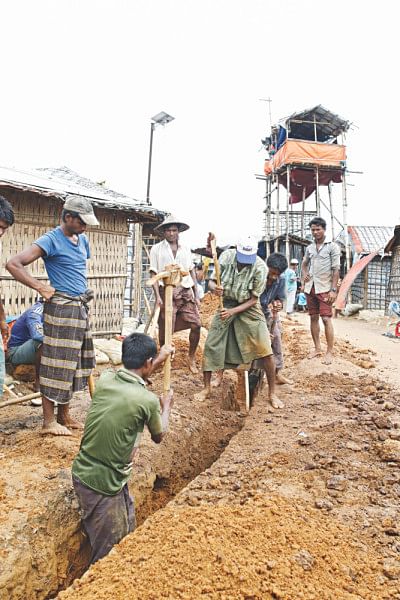
Fearing these forms of repercussions, certain parents in the camps have been forcing their sons to marry early. And Rahim is one such example. “My parents forced me to get married because they were scared I would get involved in bad activities. Had I been studying or working, things could have been different,” he says.
Jamil Ahmed, 16, who works at a tea stall at the Kutupalong camp, echoes Rahim's sentiments. “Most kids of my age are very worried. I know many of my friends who managed to work for just one to two months in the last one year. They don't have much to do. They are mostly frustrated about their future. We all really want to just study and learn more,” says Jamil.
Ask Jamil how he sees himself five years from now and there's a long pause. “What is the point of thinking about the next five years?” he exclaims after a minute. “Yes, I do think a lot. Where will I stay? What will I do? There is a lot to think about. But there is no point. Right now, I am thinking about the present and we either need work or we need to study,” he says.
The situation is a lot worse for adolescent girls. For one, girls above the age of 15 are traditionally not allowed to pursue education. It's not uncommon for Rohingya girls to marry at a young age.
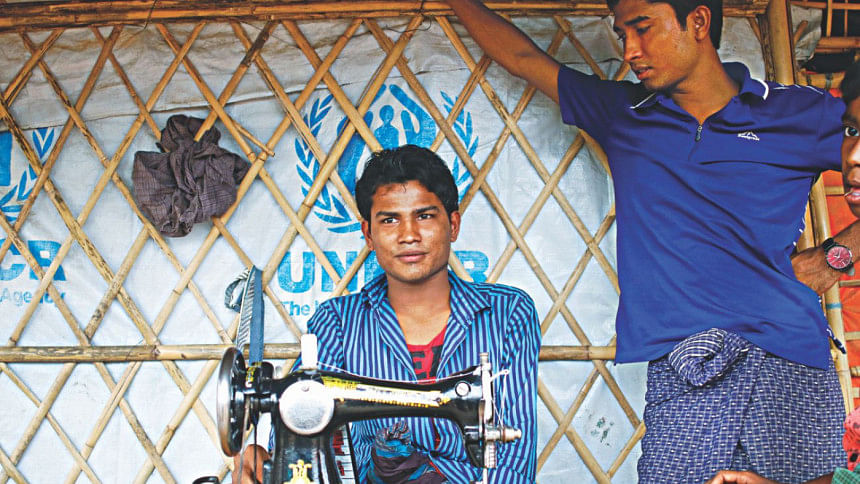
According to a survey conducted by Plan International, which comprised 300 girls in the Bangladeshi camps, freedom of movement is one of the biggest problems that adolescent girls face. “Cultural factors and concerns about security mean that older girls are confined to their households,” the report states.
However, even the progressive families who want their daughters to study cite flaws in the camps’ current education system. “Parents themselves stated they supported their daughters attending school but cited practical barriers around distance to schools and a lack of female teachers as the main reason for their non-attendance.”
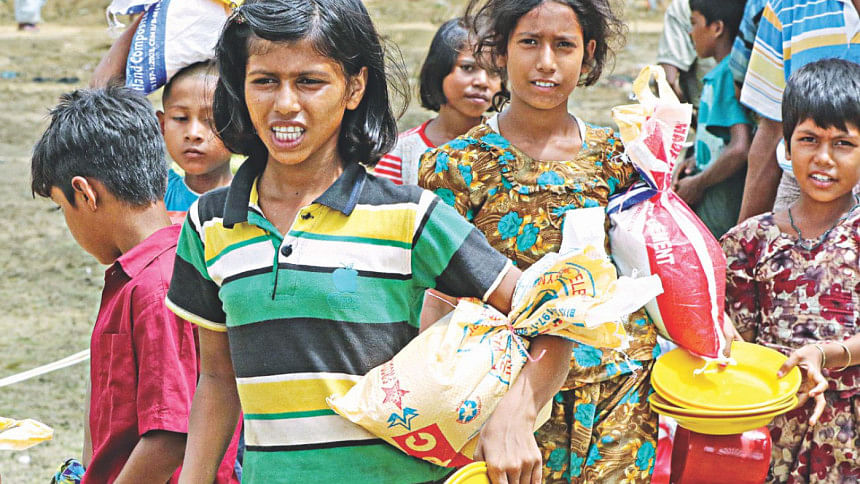
Ismatara, 16, is one such victim. “At home [in Myanmar], I studied till class eight. My family has no problem with me studying, but once the crisis began, we had to come here and the quality of education in the camps here is very basic. It's not appropriate for me,” she explains.
She hasn't lost hope yet. The UNICEF is working on a curriculum meant for older students and is planning to launch it later this year. Until then, Ismatara spends most of her time teaching a dozen children at her place every day. “I teach because I want them to lead a better life than us,” she says.
Placed at such a crucial juncture of their lives—when identities are formed and their roles in their community are established—the Rohingya youth is at the threshold of a crisis. As these voices testify, it's possible that the future of this generation is bleaker than the one before them.
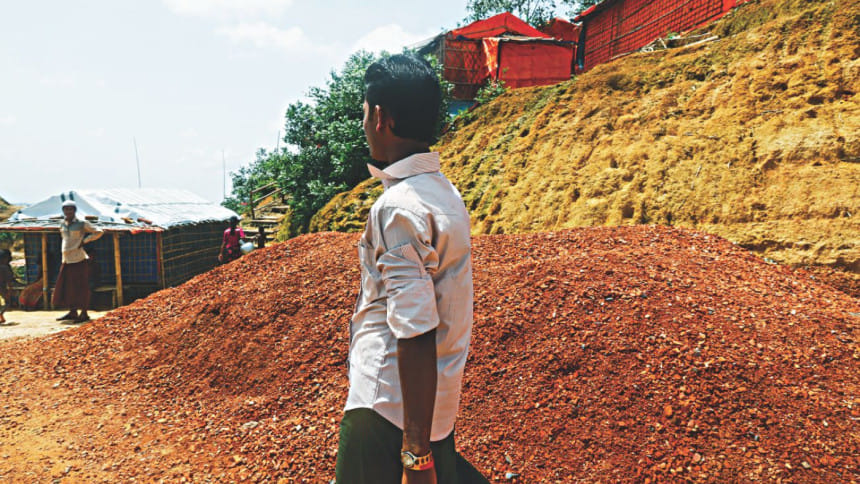

 For all latest news, follow The Daily Star's Google News channel.
For all latest news, follow The Daily Star's Google News channel. 



Comments